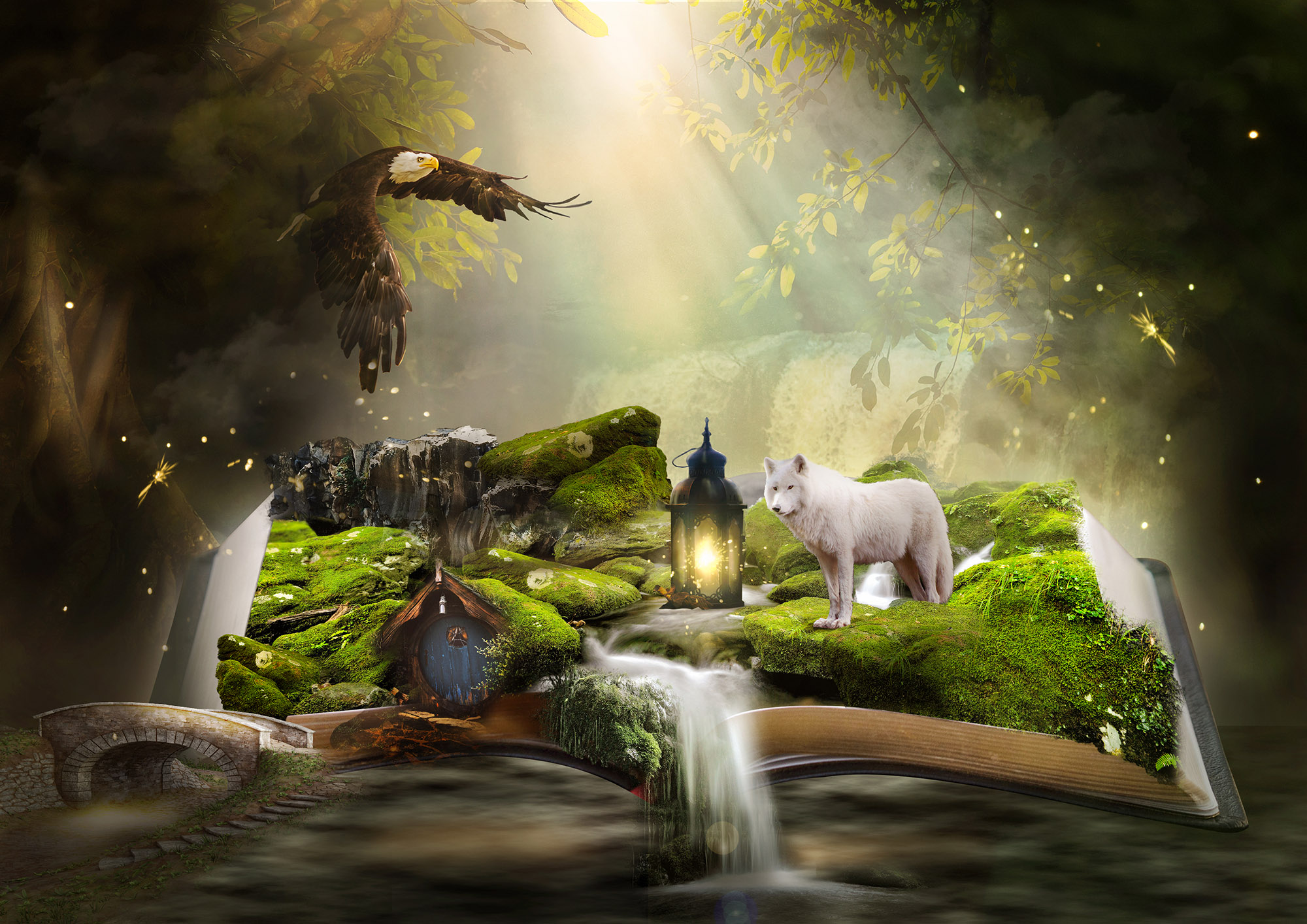
Visualize Your Setting: Whether it’s a bustling city, a quiet suburb, an eerie forest, or a distant planet, take the time to visualize your setting in detail. How does it look, sound, smell? What are the key landmarks or features? The more vividly you can picture your setting, the better you can describe it to your readers.
Show, Don’t Tell: Show your readers the setting through the eyes of your characters. Describe what they see, hear, touch, taste, and smell. Show how the setting impacts them emotionally and physically. Remember, showing is more engaging than telling.
Use Sensory Details: Engage your reader’s senses by including details about sight, sound, smell, touch, and taste. Sensory descriptions can make your setting feel real and immersive. Instead of saying “the forest was quiet,” you could write, “The silence of the forest was broken only by the crunch of dried leaves underfoot and the distant hooting of an owl.”
Incorporate the Setting into the Action: The setting shouldn’t just be a static background; it should interact with your characters and influence the plot. For example, a character might struggle to traverse a muddy path, find comfort in a beloved childhood park, or use a landmark for navigation.
Reflect Mood and Theme: The setting can be used to reflect the mood of a scene or enhance your story’s themes. A dark, stormy night can mirror a character’s despair, while a bright, bustling marketplace can symbolize abundance and vitality.
Research Real Locations: If your story is set in a real location, research is key. Use online resources, books, or personal visits to familiarize yourself with the area. This can add authenticity to your setting and help avoid potentially embarrassing errors.
World-Building for Fantasy or Sci-fi: If your story is set in a fantastical or futuristic world, world-building becomes crucial. Consider the rules of your world, its history, culture, geography, climate, and so on. Consistency is vital to make your world believable.
Remember the Passage of Time: Settings can change with time and seasons. A park in summer is not the same as in winter. Showing these changes can make your setting feel dynamic and real.
An immersive setting can enrich your story, influence your characters, and captivate your readers. While it may require careful planning and attention to detail, a well-drawn setting can add depth and dimension to your narrative, transforming it from a simple story into a world that your readers can truly lose themselves in.








